Chichu Art Museum is an architectural masterpiece located on the art island of Naoshima, Japan. Designed by well-known architect Tadao Ando, this underground museum harmonizes with nature while housing iconic works by artists like Claude Monet, Walter De Maria, and James Turrell. Established in 2004, the museum utilizes natural light to illuminate its artworks, offering visitors an immersive experience. Its minimalist concrete design enhances the interplay between space, light, and art. A visit to Chichu Art Museum is a journey into contemporary art and architectural brilliance, making it a must-visit attraction for art lovers and travellers.
Location

Photo: 663highland / Wikimedia Commons
Chichu Art Museum is situated on Naoshima Island, part of Japan’s Kagawa Prefecture in the Seto Inland Sea. The museum is built into a hillside to preserve the island’s natural surroundings, reinforcing the harmony between art and nature. Visitors can enjoy the beauty of the island while exploring its unique art spaces, with Chichu Art Museum being one of the most prestigious and significant attractions in the area.
How To Reach
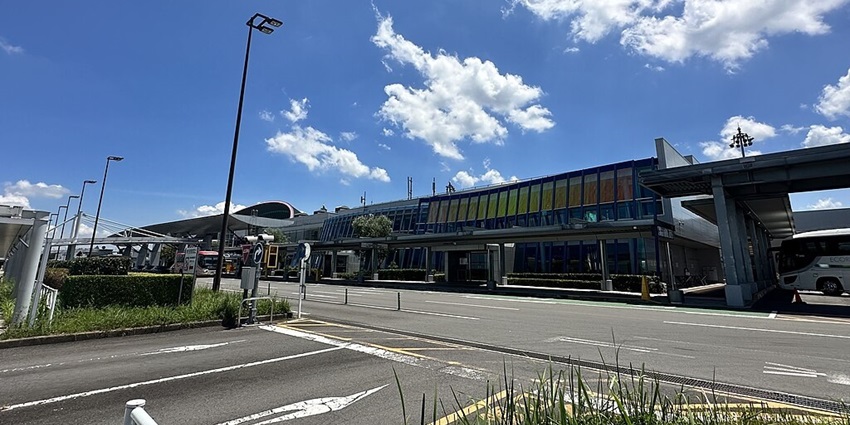
Photo: Yutaaka0804 / Wikimedia Commons / Image For Representation Only
Getting to Chichu Art Museum involves a combination of transport modes, but the journey is part of the adventure.
By Air: The nearest airport is Takamatsu Airport. From there, take a bus to Takamatsu Port and board a ferry to Naoshima.
By Rail: Take the Shinkansen to Okayama Station, then transfer to a local train to Uno Station. From Uno Port, take a ferry to Naoshima.
By Road: If travelling from major cities like Osaka or Hiroshima, drive to Uno Port and take a ferry to Naoshima. Rental bikes or shuttle buses can take you to the museum.
Things To Do At Chichu Art Museum
Explore a unique collection of contemporary art within a thoughtfully designed underground space at Chichu Art Museum.
1. Admire Claude Monet’s Water Lilies
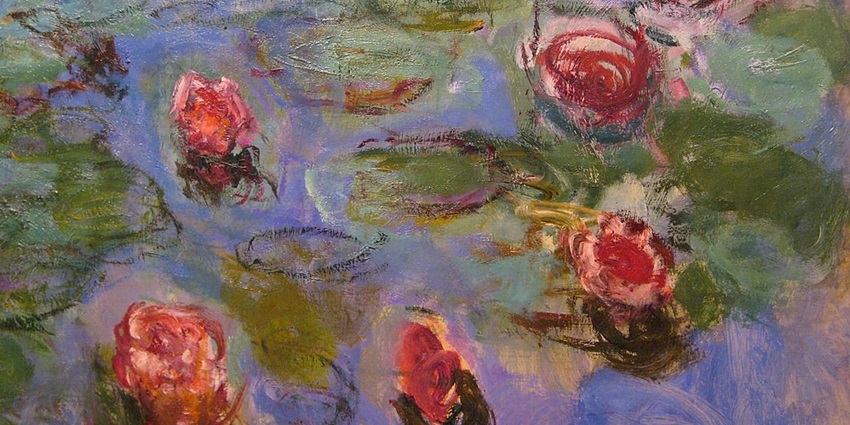
Photo: Sharon Mollerus / Wikimedia Commons
The Chichu Art Museum features a room dedicated to five paintings from Claude Monet’s Water Lilies series, created in his later years. Designed to incorporate Monet’s ideas from his Grandes Décorations blueprints, the room uses natural light to illuminate the artwork, with white walls and rounded corners to enhance the viewing experience. The natural light alters the appearance of the paintings with the passage of days and seasons. One of the paintings, Water-Lily Pond, measures 2m x 6m, and is from the same series as those on display at the Musée de l’Orangerie in Paris.
2. Experience James Turrell’s Light Installations

Photo: Ed Schipul / Wikimedia Commons / Image For Representation Only
At the Chichu Art Museum, James Turrell’s installations invite visitors to perceive light as art. “Afrum, Pale Blue” (1968) presents a cube of light directed through glass. “Open Field” (2000) and “Open Sky” (2004) are representative of Turrell’s series, allowing visitors to experience changes in his work throughout the years. “Open Sky” can be viewed during regular hours, but a 45-minute special sunset viewing (Night Program) is also available, enhancing the experience with changing colors. These works demonstrate Turrell’s career-long exploration of the spectrum between natural and artificial light.
3. Contemplate Walter De Maria
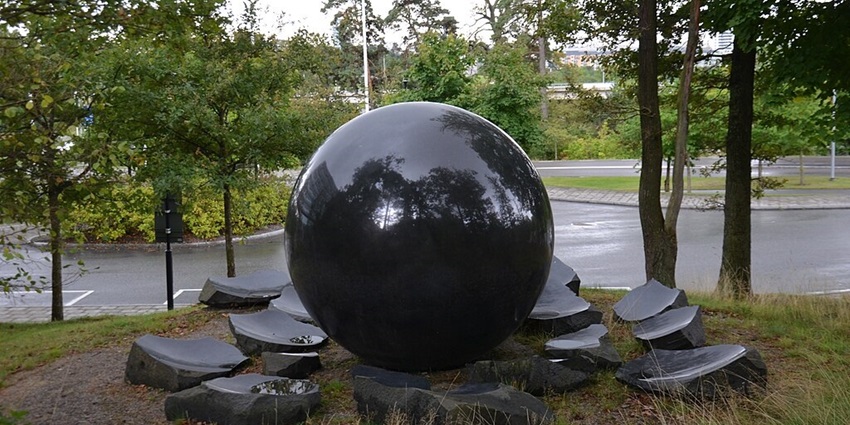
Photo: Bengt Oberger / Wikimedia Commons / Image For Representation Only
In the deepest part of the Chichu Art Museum, Walter De Maria’s “Time/Timeless/No Time” occupies the largest room. This minimalist installation features a large black granite sphere, positioned in the center of the concrete room, and 27 gilded wooden geometric forms. Natural light illuminates the artwork from the ceiling, emphasizing the physical space and expanding the viewer’s awareness. De Maria aimed to emphasize the viewer’s relationship to the earth and the earth’s relationship to the universe, creating a physical and psychic experience.
4. Explore The Underground Architecture
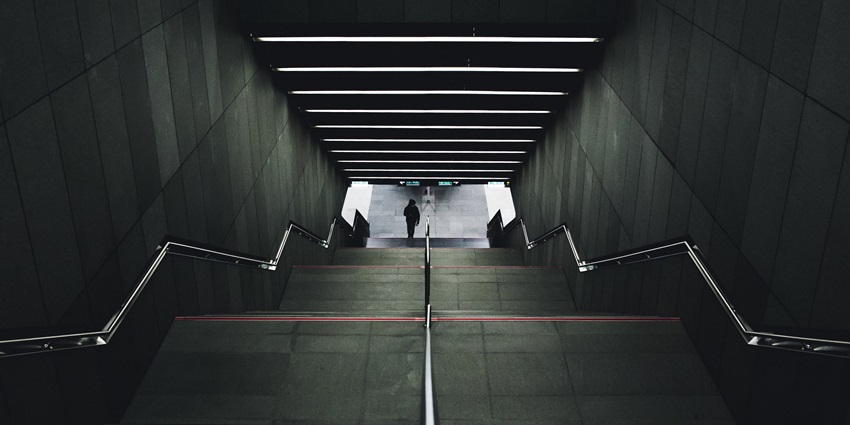
Photo: Anonymous / Pxhere / Image For Representation Only
Designed by Tadao Ando and completed in 2004, the museum is primarily subterranean, built to preserve the Seto Inland Sea’s natural beauty. “Chichu” literally translates to “underground” in Japanese, reflecting the museum’s unique structure. The museum covers 2573 square meters of underground space, featuring geometric designs like squares, hexagons, and triangles. Ando’s brutalist approach uses concrete to create clean lines and a balance between architecture and its non-monumental nature. This design allows visitors to focus solely on the artwork, creating a reflective engagement with art, self, and nature.
Places To Visit Near Chichu Art Museum
Naoshima is home to many artistic attractions that complement a visit to Chichu Art Museum.
1. The Lee Ufan Museum
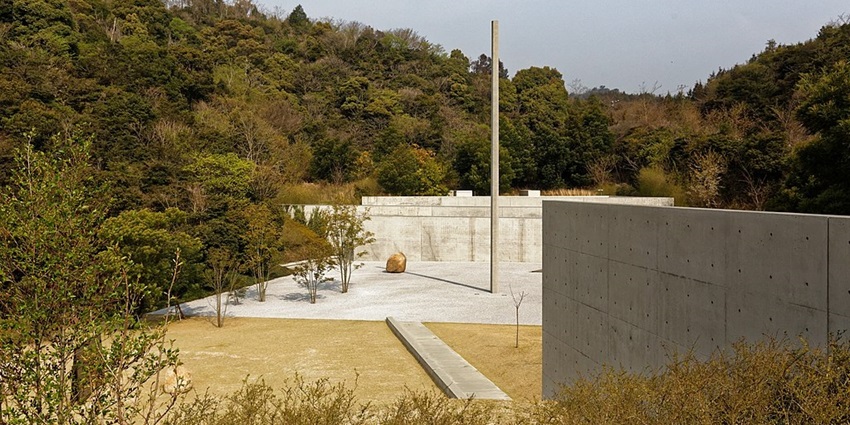
Photo: KimonBerlin / Wikimedia Commons
The Lee Ufan Museum is dedicated to the minimalist works of Korean contemporary artist Lee Ufan. Designed by architect Tadao Ando, the museum’s semi-underground structure blends concrete, stone, and open spaces, accentuating the artwork. Opened in 2010, it features large installations and paintings from the 1970s to the present day, creating a tranquil space where nature, architecture, and art resonate. Visitors can contemplate the beauty of simplicity through Lee’s art and Ando’s architectural design.
Location: Japan, 〒761-3110 Kagawa, Kagawa District, Naoshima
Distance From Museum: Approximately 0.4 km
Timings: 10 AM – 5 PM
2. Benesse House Museum
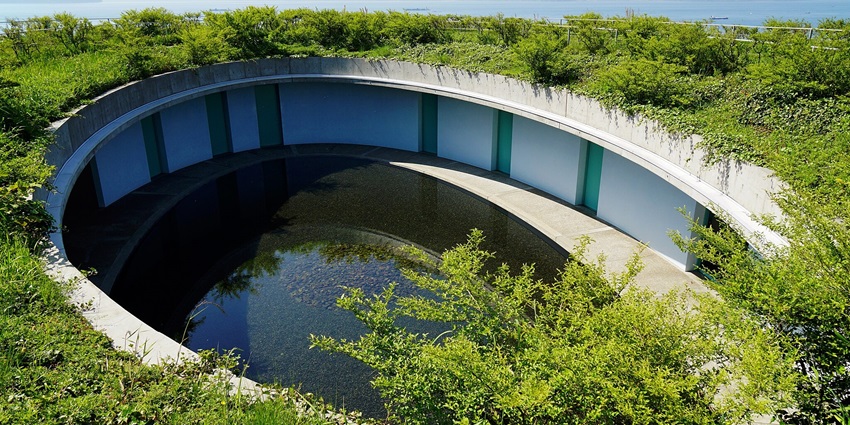
Photo: 663highland / Wikimedia Commons
Designed by Tadao Ando, Benesse House is a unique fusion of a museum, hotel, and art installation on Naoshima Island. The complex includes four buildings: the Museum, Oval, Park, and Beach. Each building reflects the surroundings and artistic vision. Yayoi Kusama’s iconic Yellow Pumpkin is among the nearly twenty outdoor art pieces. The museum displays contemporary artworks and site-specific installations. Hotel guests enjoy exclusive restaurants and after-hours museum access. The Benesse House originated from the Benesse Foundation’s vision to create a space where art interacts with nature.
Location: Japan, 〒761-3110 Kagawa, Kagawa District, Naoshima
Distance From Art Museum: Approximately 1.4 km
Timings: 8 AM – 9 PM
3. Naoshima Bath, Naoshima Bathhouse
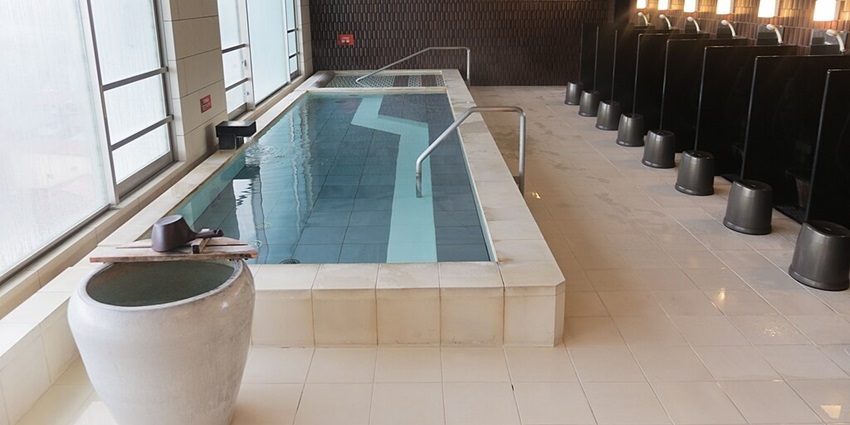
Photo: Sanmai / Wikimedia Commons / Image For Representation Only
Designed by artist Shinro Ohtake, Naoshima Bath (“I Love Yu”) is a public bathhouse and art installation where visitors can bathe. Decorated with sculptures and mosaics using recycled materials, it offers a unique bathing experience that encourages conversation between locals and tourists. The bathhouse embodies a scrapbook-style design, reflecting Ohtake’s artistic vision. Operated by the Town-Naoshima Tourism Association, it’s a must-visit to immerse yourself in art, literally, that complements your Chichu Art Museum visit.
Location: 2252-2, Naoshima, Kagawa District, Kagawa 761-3110, Japan
Distance From Art Museum: Approximately 2 km
Timings: 1 PM – 9 PM
4. The Gokaisho Art House Project
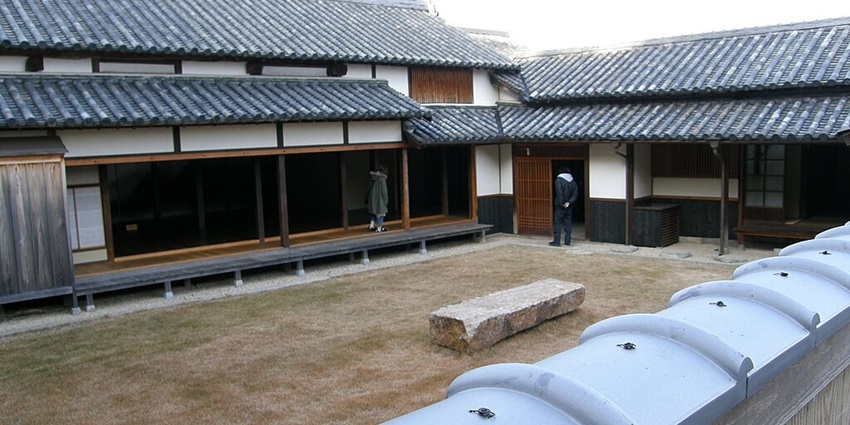
Photo: 松岡明芳 / Wikimedia Commons
The Gokaisho Art House Project, located in Naoshima’s Honmura district, features Suda Yoshihiro’s artwork in what appears to be a normal building overlooking a courtyard. The artworks are deceptively normal, requiring a close look to discern their true nature. As part of the Art House Project, which began in 1998, Gokaisho exemplifies the blending of art, architecture, and culture. Visitors can explore this and other installations within walking distance of each other.
Location: Naoshima, Kagawa District, Kagawa 761-3110, Japan
Distance From Art Museum: Approximately 4 km
Timings: 10 AM – 4:30 PM
Where To Stay
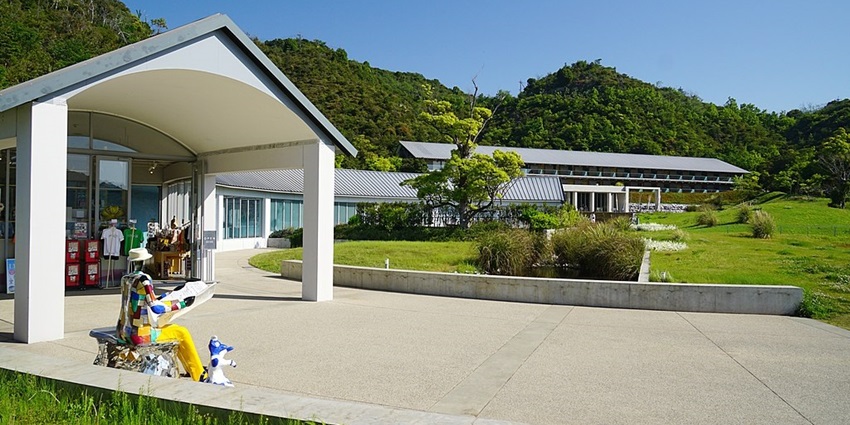
Photo: 663highland / Wikimedia Commons / Image For Representation Only
To fully appreciate Naoshima’s art scene, including the Chichu Art Museum, consider these accommodations. Benesse House, designed by Tadao Ando, blends a hotel and museum, offering direct access to art exhibits. Naoshima Tsutsuji-so provides a unique experience with yurts and traditional cottages. For a budget-friendly option, Bamboo Village offers cosy guesthouse rooms.
Where To Eat
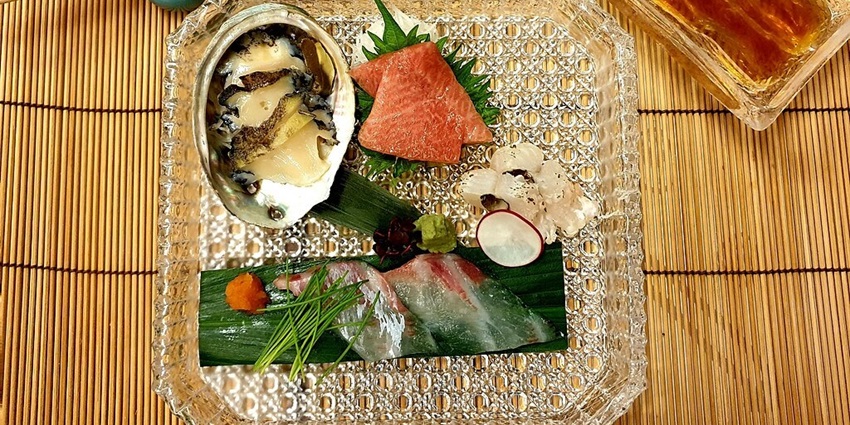
Photo: Emma Brick / Wikimedia Commons / Image For Representation Only
Enhance your Chichu Art Museum visit with these culinary options. The Chichu Art Museum Café offers light meals, cakes, and beverages with sea views. Benesse House has two restaurants: the Benesse House Museum Restaurant “Issen” for Japanese cuisine, and the Terrace Restaurant Uminohoshi Etoile de la Mer. Both offer unique dining experiences, though priority is given to hotel guests.
Best Time To Visit
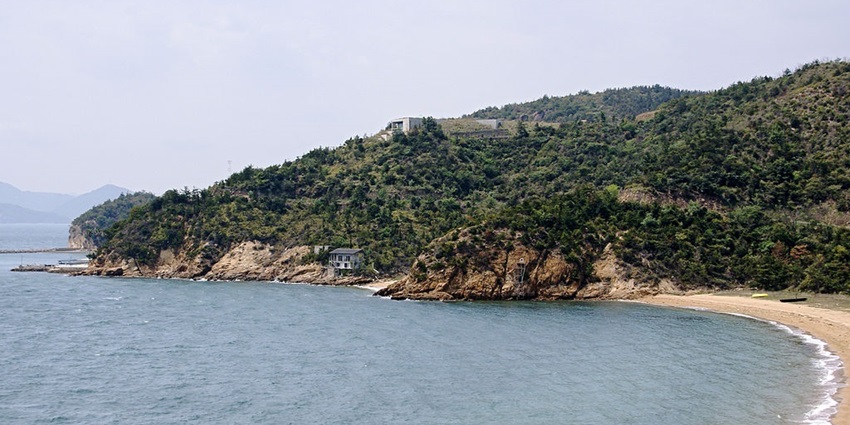
Photo: 663highland / Wikimedia Commons / Image For Representation Only
Chichu Art Museum offers a unique experience throughout the year. Spring (March-May) is ideal for pleasant weather and cherry blossoms. Summer (June-August) provides a vibrant atmosphere, though it can be hot. Autumn (September-November) is perfect for mild temperatures and stunning foliage. Winter (December-February) offers a quieter experience, ideal for introspection and enjoying art without crowds. Regardless of the season, it’s best to visit during weekdays and early mornings to avoid peak hours. Since the museum uses natural lighting, visiting on sunny days enhances the viewing experience of Monet’s paintings and other installations.
Other Factors To Consider
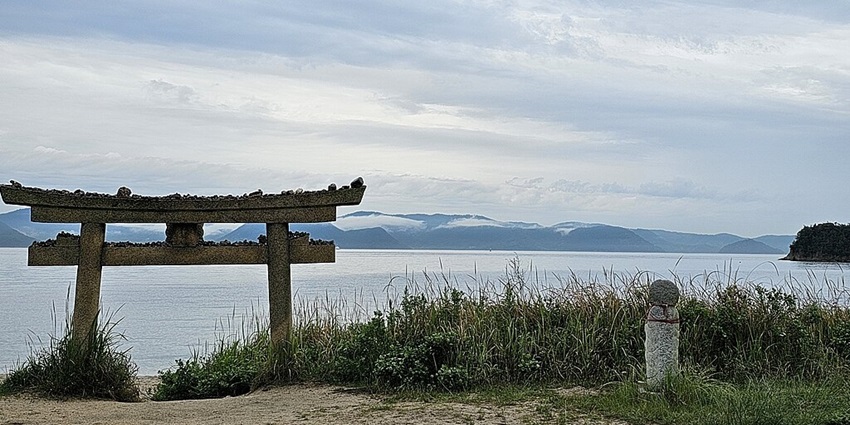
Photo: Piet Parkiet / Wikimedia Commons
Average Cost Of The Trip:
The average cost of a trip to Chichu Art Museum in Japan depends on factors like transportation, accommodation, and entrance fees. The museum’s admission fee is around ¥2,100 ($14). If travelling from Tokyo, a round-trip Shinkansen ticket to Naoshima costs about ¥20,000–¥25,000 ($135–$170). Local transportation and ferries add ¥2,000–¥3,000 ($14–$20). Budget accommodations start at ¥5,000 ($34) per night, while higher-end stays cost ¥15,000+ ($100+). Overall, a day trip may cost $50–$100, while a multi-day trip ranges from $200–$500+.
- Chichu Art Museum has a limited entry system; reservations are required.
- The museum has extensive walking paths and slopes.
- Plan your visit with bike rentals or shuttle bus schedules.
- The museum encourages quiet contemplation of the artworks.
- The museum is closed on Mondays; verify schedules before visiting.
Chichu Art Museum is a mesmerizing fusion of art, nature, and architecture, offering a one-of-a-kind cultural experience on Naoshima Island. Designed by Tadao Ando, this underground marvel preserves the landscape while housing masterpieces by Monet, Turrell, and De Maria. A visit to Chichu Art Museum is more than just sightseeing; it’s an immersive journey into light, space, and artistic brilliance. Whether you’re an art enthusiast or a curious traveller, this museum is a must-visit destination. Plan your trip with TripXL’s travel packages for a smooth and enriching Naoshima adventure.
Cover Photo: 663highland / Wikimedia Commons


 WhatsApp
WhatsApp
 Twitter
Twitter









